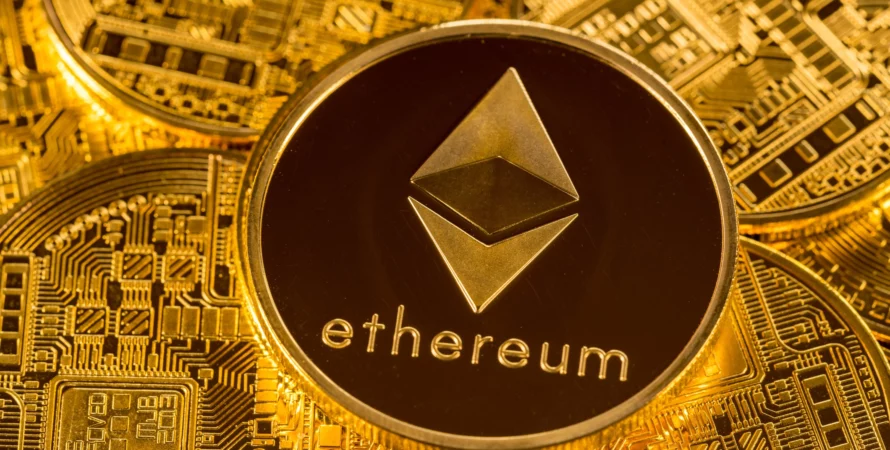Bitcoin has finally buckled up to give tough competition to Ethereum. With its new token standard for non-fungible tokens, the original crypto hopes to emerge as a significant player in the NFT landscape.
It looks like Ethereum may have a hard time maintaining an undisputed dominance in the NFT space now. Had it not been for the Bitcoin network, the news may not have been that impactful. It is because many other token standards have tried to offer alternatives before but they all went up in smoke without making a noise.
But finally, the biggest cryptocurrency network is ready to tap into a sphere that has been penetrated by only one player. With the help of Ordinals, Bitcoin is all set to gain a major position in the NFT marketplaces. Moreover, it has made such a move that can hurt the top position acquired by Ethereum NFTs.
How is Bitcoin Causing a Disruption?
Bitcoin is not just offering new tokens to the users but it is, it’s letting the existing holders convert their Ethereum-based assets into Bitcoin. Many have dubbed this instance as a seismic shift in the NFT industry. On May 30, 2023, Bitcoin Miladys, the marketplace for non-fungible tokens, released news shedding light on this event. In the tweet, it said that the BRC-721E standard is ready for the users.
It would let ERC-721 token holders convert their assets into a BRC-721E standard token. As per a report published by Dune Analytics, over 10 million ordinals have been inscribed on the network. It has generated $44 million in fees which is a jump of 200% since the first week of May. However, it should be noted that the latter is still in a nascent stage.
With more crypto users jumping on the bandwagon, it is important to know about the new network for future use..
What is BRC-721E? A peep into BRC-721E
The token standard creates a bridge between BRC-721E and ERC-721 for converting Ethereum-based tokens into Bitcoin Ordinals. The process involves the burning of addresses via an on-chain inscription request. First, the ERC-721 tokens are sent to the chain and then the standard encodes the metadata to proceed with the burning process. As a result, it nominates a Bitcoin address to receive the inscription.
Without storing the Metadata, the protocol uses the burn transaction and an indexer while pointing to the original Ethereum NFT. Furthermore, the inscriptions are limited to 100 bytes., The framework significantly decreases the costs of inscribing the image. It allows the rich and dynamic meta to augment its size 10,000 times without consuming the block space.
BRC-721E facilitates the transitioning of Ethereum to Bitcoin without affecting the unique attributes and source of genesis. It emerges as a remarkable achievement for the entire crypto community.
How to Migrate ERC-721 Tokens into BRC-721E Tokens?
Before you try the conversion method, bear in mind that it is irreversible due to the immutable blockchain. If you have given a command to the protocol, it can’t be undone. Thus, it is recommended that you check everything before execution. The steps to carry out the function are:
- Use an ETH call by burning ERC-721 NFT.
- Now, replace the ETH address with your address.
- You will now receive the BTC address with the NFT token ID.
- Now, inscribe the code on Bitcoin to claim the ETH burn on Bitcoin.
- After the inscription, the bridged NFT will appear on the marketplace with full metadata.
Conclusion
The BRC-721E could prove to be the catalyst for Bitcoin to gain a firm position in the NFT niche. However, Bitcoin’s recent challenges with Ordinals and meme coins raise some doubts over the capability of the parameter. Only time will tell how Bitcoin will emerge in this growing space.




